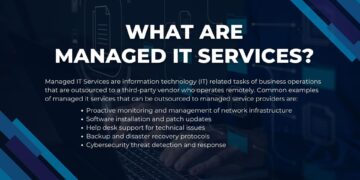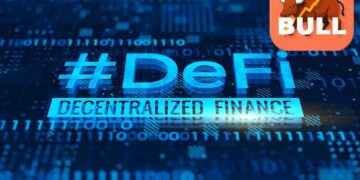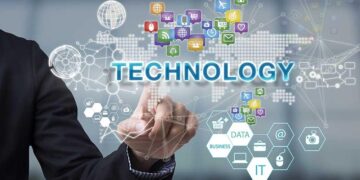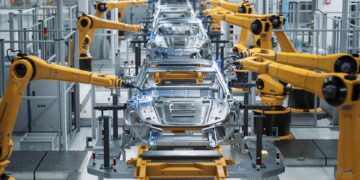Transformative Forces Reshaping the U.S. Economy
A recent analysis published by The New York Times reveals significant shifts that are set to transform the U.S. economy dramatically. As the country continues to recover from a global pandemic, faces rising inflation, and adapts to rapid technological advancements, experts are raising concerns about changes that could fundamentally alter financial landscapes for both individuals and businesses. With fluctuating inflation rates, evolving labor markets, and shifting consumer behaviors at play, this article explores the potential impacts of these developments on economic stability and growth. Understanding these implications is essential as we prepare for a future marked by substantial change in the American economy.
Inflation and Interest Rates: Effects on Consumer Expenditure
As inflation escalates, consumers find themselves facing a critical juncture where their purchasing power is significantly affected. The rising costs of essential goods and services force households to reevaluate their spending habits. For many families, this translates into prioritizing necessities over non-essential purchases, resulting in notable shifts within market dynamics. Key factors contributing to this trend include:
- Rising Living Costs: Basic items such as groceries and fuel have seen price increases that compel families to tighten their budgets.
- Changes in Buying Habits: Consumers are increasingly choosing generic brands or shopping at discount retailers as a strategy to manage higher expenses.
- Psychoeconomic Factors: A growing sense of economic uncertainty fosters increased frugality among consumers.
At the same time, interest rates are climbing as the Federal Reserve attempts to control inflationary pressures. Elevated interest rates can lead to reduced borrowing by consumers for major purchases like homes or vehicles. This increase in borrowing costs may not only dampen economic activity but also alter consumer credit behavior significantly. Notable trends include:
| Affected Area | Consumer Reaction |
|---|---|
| Mortgages | A decline in home purchases due to elevated interest rates. |
| Auto Financing | A shift towards purchasing used cars as new vehicle prices soar. |
Trends in Employment and Workforce Evolution
The American workforce is undergoing significant transformations driven primarily by technological innovations and evolving societal expectations. As employees adapt amidst ongoing digital changes, several key trends emerge that will shape future employment landscapes.
The Rise of Remote Work:This trend continues gaining momentum; it allows companies access to a broader talent pool while providing employees with greater flexibility—altering traditional office dynamics necessitating new management strategies for communication and team cohesion.
Additionally,
The Growth of Gig Economy Roles:This phenomenon prompts discussions around employment benefits and worker rights due its increasing segmentation within labor markets—resulting in diverse job opportunities tailored toward various skill sets.
Organizations must now prioritize strategies such as:
- Continuous Learning Initiatives: Investing resources into upskilling ensures workers remain competitive amid changing job requirements.
- Diversity & Inclusion Efforts: Creating workplaces reflecting society’s diversity enhances innovation.
- Cultivating Work-Life Balance: Encouraging integration between personal/professional lives promotes employee satisfaction.
Moreover ,as organizations transition towards remote/hybrid models ,they face challenges related maintaining employee engagement/morale .The incorporation technology into HR processes becomes vital tracking satisfaction/performance remotely .Understanding these dynamics will be crucial shaping policies governing our future workforce .
| Trend | Description | ||||
|---|---|---|---|---|---|
Business Strategies Amid Economic ChallengesIf businesses wish navigate potential economic turbulence successfully ,it’s imperative they adopt proactive measures capable weathering storms ahead. Furthermore maintaining robust relationships stakeholders proves vital.Establishing open communication channels customers/suppliers/investors fosters community trust.Strategic partnerships can expand resources/knowledge base.Regularly conducting market research keeps organizations informed industry trends/consumer preferences.Below outlines actionable strategies :< br />
| |||||































